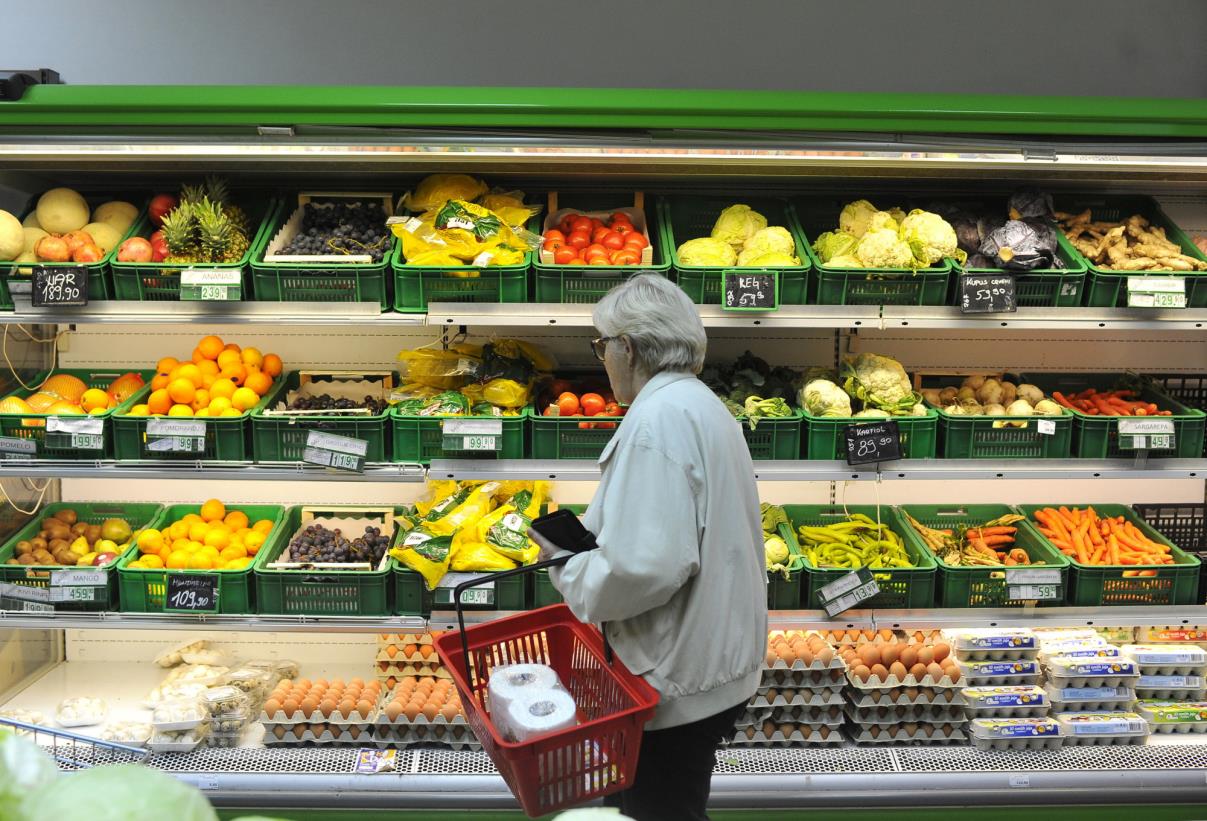
Reduce, reuse, recycle: a mantra for food packaging
How a circular approach to packaging can reduce food loss and waste and respect the environment
Packaging plays an important role in keeping food fresh, ensuring it is safe and reducing loss and waste – but it can have negative effects on our environment. It’s time for a more circular approach. ©FAO/Oliver Bunic
29/09/2021
Whether it’s made from glass, plastic, metal, paper or bamboo, packaging plays an important role in keeping food fresh, ensuring it is safe as well as extending its shelf-life to reduce loss and waste.
In primary packaging, or packaging which comes in direct contact with food, plastic is very common, being lightweight, flexible and comparatively low cost. While some plastics can be easily recycled and reused, others cannot, and, as we know, the impact of plastic on the environment is huge when it is not reused or recycled.
At the same time, food loss and food waste also carry a huge environmental burden. Lost and wasted food means a loss of all the resources that go into making it, such as water, soil, energy and more. Using adequate packaging to avoid losses and waste of food products can benefit the environment more than not using packaging at all.
A circular approach is key. Circular packaging solutions focus on a reduce-reuse-recycle approach, including minimising single-use plastic, encouraging the reuse and recycling of materials and improving the economics and quality of recycled plastic materials.
Here are four better packaging solutions we can leverage to reduce food loss and waste:
1) Re-useable packaging
Food loss is the decrease in the quantity or quality of food up until the retail stage. Poor bulk packaging or improper handling along the supply chain are amongst the main causes of damage and decay. In the case of fruits and vegetables, losses resulting from compression and abrasion tend to be highest during transport. This compromises the quality and economic value of fresh produce. The use of appropriate packaging can significantly reduce these losses, protecting produce in transit, and ultimately reducing the carbon footprint of food.
For example, in South and Southeast Asian countries, losses in the traditional banana supply chain averaged at around 29 percent. Bananas are delicate and easily damaged during transport, leading to unsightly bruises and more rapid decay on ripening. FAO introduced good post-harvest management practices together with reusable bulk packaging materials such as plastic crates for use during transportation. The plastic crates provide a much higher level of protection by absorbing shock during transport, while the use of locally available crate-liners such as leaves, straw and newspaper reduce abrasion damage.
The fruit arrived in markets blemish-free and fetched higher prices due to their better overall appearance and quality. This improved packaging reduced losses in the supply chain by up to 61 percent. After use, plastic crates are returned to the harvest site, cleaned and reused for subsequent harvests. Maintained properly, these crates can be used for up to 10 years, meaning their carbon footprint is minimal.


Transporting bananas safely from field to market: plastic crates are a sturdy, reusable option, protecting fresh food from damage. Maintained properly, these crates can be used for up to 10 years. Left/top: ©FAO/Daniel Hayduk. Right/bottom: ©FAO/Believe N
2) Sustainable and innovative packaging options
Using sustainable materials is of course one of the biggest ways to minimise packaging’s impact on the environment.
In many countries, fresh produce has long-since been sold in the most natural packaging of all – leaves. Whilst leaves are not enough to protect fruit during transport, at the retail level, they are a good alternative to plastic as they help keep food fresh until it is sold. The bundling of fresh produce is a popular practice across the developing world in view of the high cost and limited access to other packaging options. For example, asparagus and leafy vegetables are commonly wrapped with banana leaves or newspaper before being tied together and sold as a bundle.
Another option is to use innovative packaging methods that reduce food waste and loss by preserving food quality. One example of this is Modified Atmosphere Packaging (MAP), which maintains a low level of oxygen in packaged foods to ensure a longer shelf life. MAP is commonly used in coffee packaging. Usually, roasters must allow the beans to cool and degas in open air because the build-up of CO2 in packaging can cause it to burst. However, leaving beans in open air reduces their freshness. MAP packaging valves allow for the release of carbon dioxide from the coffee bag without letting in any ambient gases or contaminants, allowing coffee beans to stay at their height of freshness.

Using adequate packaging to avoid losses and waste of food products can benefit the environment more than not using packaging at all. ©FAO/Jonathan Bloom
3) Refillable packaging
Sometimes, due to the large size of retail packaging, consumers purchase more food than needed and often throw away what they cannot use. Refillable packaging, such as cleanable glass or stainless-steel containers, offers consumers the opportunity to purchase food in loose or bulk formats in retail outlets. In 2018, a Dutch grocer became the first to offer a plastic-free aisle to its customers. Soon after, a well-known UK supermarket followed suit, with many supermarkets now offering this option. However, innovative designs of containers that preclude human contact with the product during filling are important to avoid cross-contamination and food safety risks.
Packaging plays an important role in not only reducing food loss and waste but by extension boosting food security, nutrition and livelihoods too. A circular approach to how we package our food can make a big difference to the food security of our communities and the health of our planet.
Related links
Learn more

